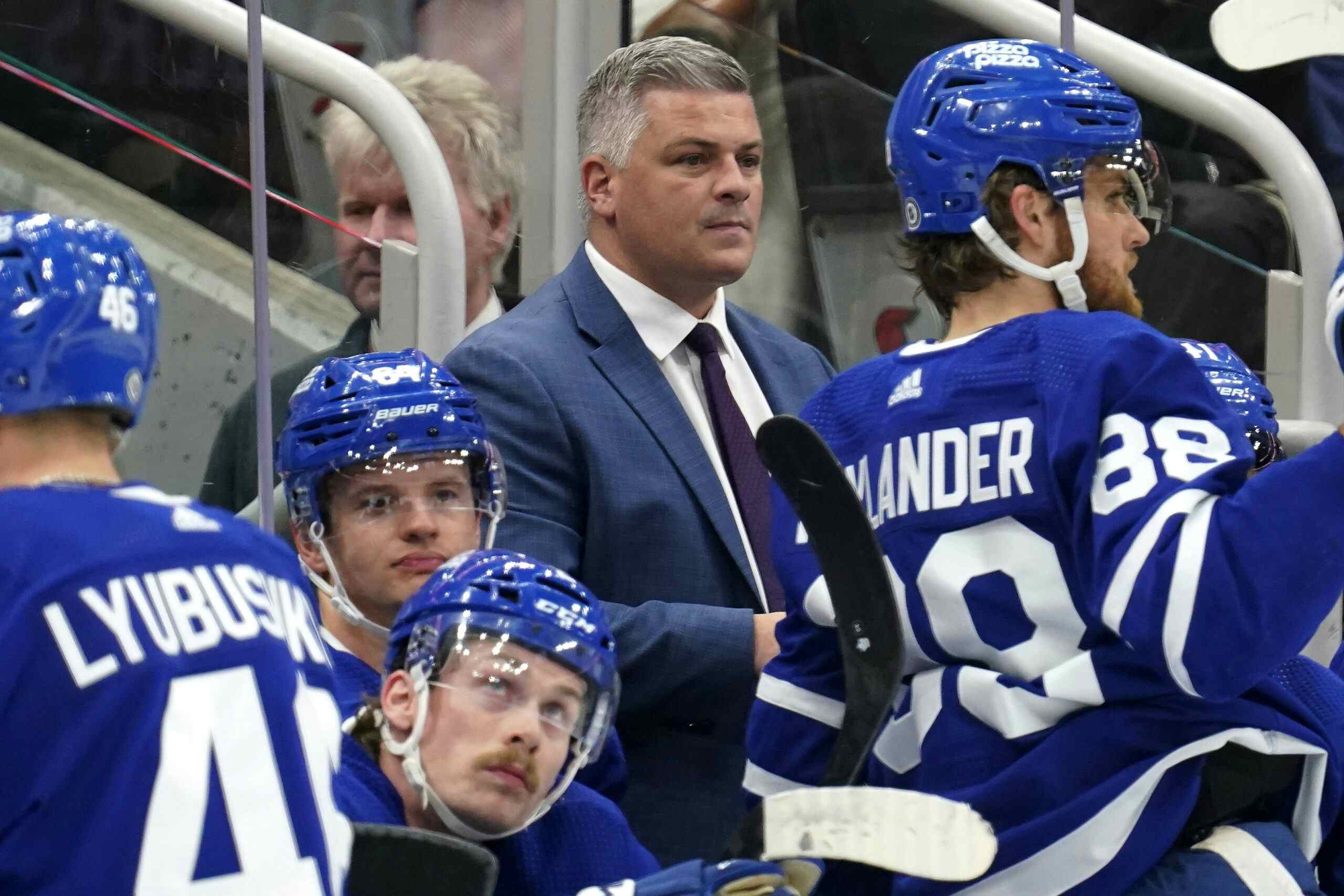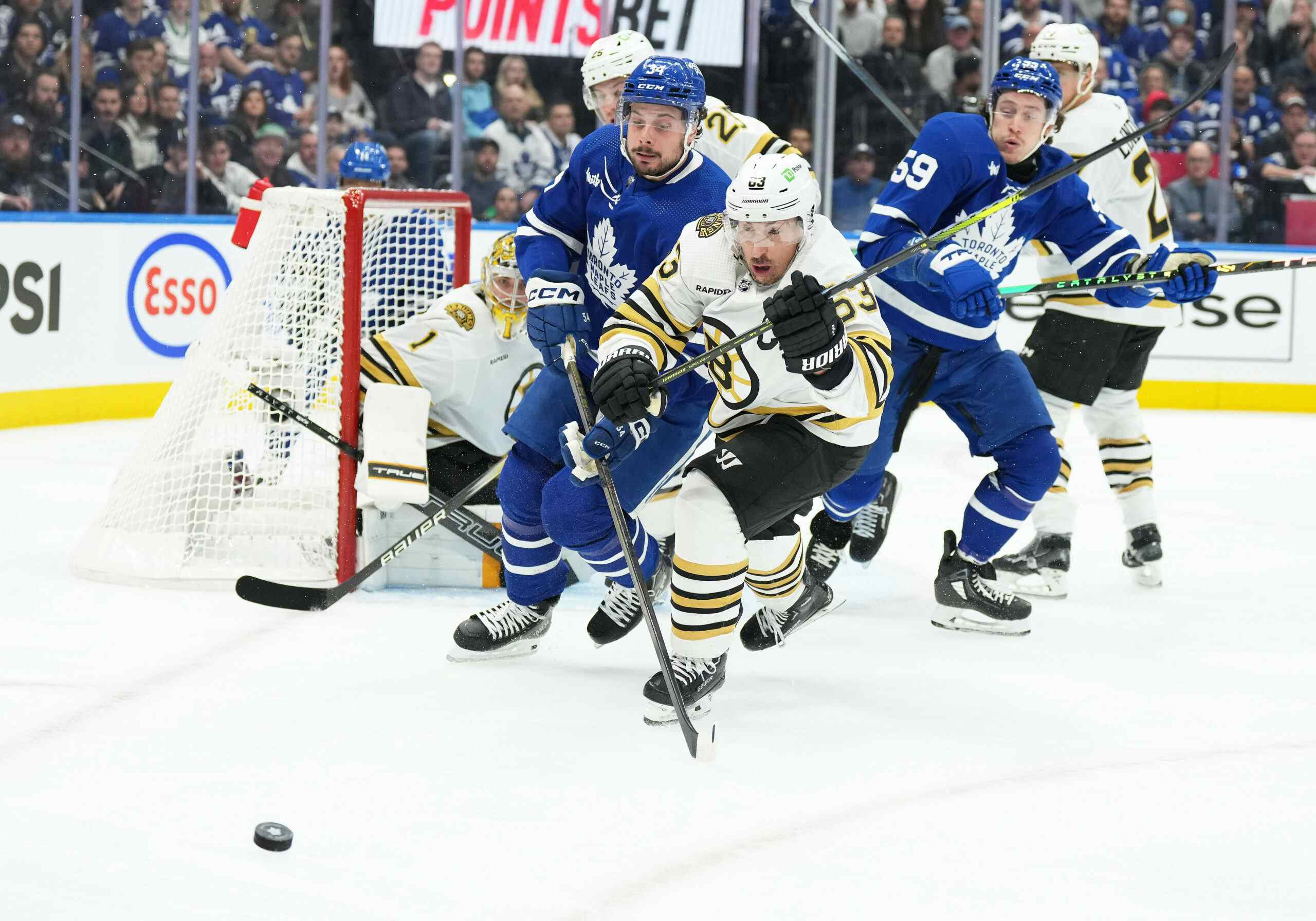Penguins’ success bodes well for the Maple Leafs moving forward

Yesterday was a significant moment in hockey history. You know what I’m talking about; Frank Corrado is now a Stanley Cup Champion.
*hears cricket noises*
Okay, maybe that’s not everybody else’s focus. The Pittsburgh Penguins became the first team in nearly two decades to win back-to-back Stanley Cups. It wasn’t exactly done in the prettiest way; both them and the Nashville Predators were worn down and broken, Pittsburgh was three games shy of needing the maximum games played (only the 2014 Kings have played more and still won), and they were outshot in 17 of those 25 games.
It wasn’t pretty. The final few weeks aren’t something you want to try to replicate too often. It was, in effect, a gamble; hoping that you’d always have at least one top forward that could show up on a given night, and that your goaltending would out a decimated defence.
They definitely got that; even though they didn’t get the same level of assistance from their support players this season, their big three stars (Sidney Crosby, Evgeni Malkin, and Phil Kessel) and AHL hotshot tuned breakout rookie Jake Guentzel combined for a point-per-game pace throughout the postseason. In net, whenever the Penguins appeared to be in trouble, Matt Murray or Marc-Andre Fleury stepped up to the plate, playing about a dozen games each and posting a combined 0.929 save percentage. This wasn’t a front-to-back team dominance so much as it was the heavy artillery blowing up a pathway, and there were many ways that it could’ve gone wrong for them, but at the end of the day, it worked out.
That general idea was Pittsburgh’s philosophy throughout the regular season, and with a healthier, less worn down core (particularly one not missing Kris Letang), the results resembled a team cohesively in control rather than one that was dragged by its stars. Pittsburgh had no issue sacrificing some defence to get a few extra opportunities to score, knowing that their group had the talent to better execute on the opportunities that they got.
Interestingly, there was another team that tried to control the flow of play in a similar way; so similar that you’d be hard-pressed to find two teams more alike on a fancy stat sheet:

The logic behind betting on high event hockey once you have the talent for it is pretty sound. By increasing opportunities on each side, you downplay the chance of a given shot being that one “lucky bounce” that decides the game, and if your skilled players are more reliable to finish the job you’re asking them to repeatedly start, you’re likely increasing the odds of them coming out on top. This also acts as a bit of a mask for teams that are more forward-heavy than defence-heavy, as you but the bulk on the reliance in your top players.
This led to two teams finishing in the top half of the league in most score-adjusted shot metrics despite putting up lacklustre to bad defensive results. Given that both finished higher in the league in shooting percentage than save percentage, going high event while still finishing positive worked in their favour, and the fact that Pittsburgh’s goaltending was still in the top third despite that made them Presidents Trophy contenders.
Of course, there were some differences in how the teams were delivering and absorbing those shots. Pittsburgh was dramatically better at getting their attempts on net, their 56.58% of attempts reaching the goal was 1st in the league, while Toronto sat in 26th at 51.63. Pittsburgh was better at forcing their opponents’ shots to the outside, while Toronto was better at blocking them (both were poor enough at the opposite stat to be below average at allowing shots on goal overall, though). The Penguins also have a huge discipline advantage; their +32 penalty differential at even strength let their stars make an even bigger impact on the player, and while the Leafs were just as deadly with an extra man, taking 12 more penalties than they drew masked that.
The key point here, though, is that the Penguins have found a way to make their star players have a bigger impact on the game, by giving them as many opportunities as possible on a given night to make a difference, and by simply tiring out their opponents by keeping the game brisk. It remains to be seen whether Auston Matthews, William Nylander, and Mitch Marner will be able to replicate the impact of Crosby, Malkin, and Kessel, and whether the support group behind them matches the Penguins’ depth, but the initial look is promising. Hopefully, this is something that Toronto doubles down on and tries to refine, rather than backing away.
Recent articles from Jeff Veillette





